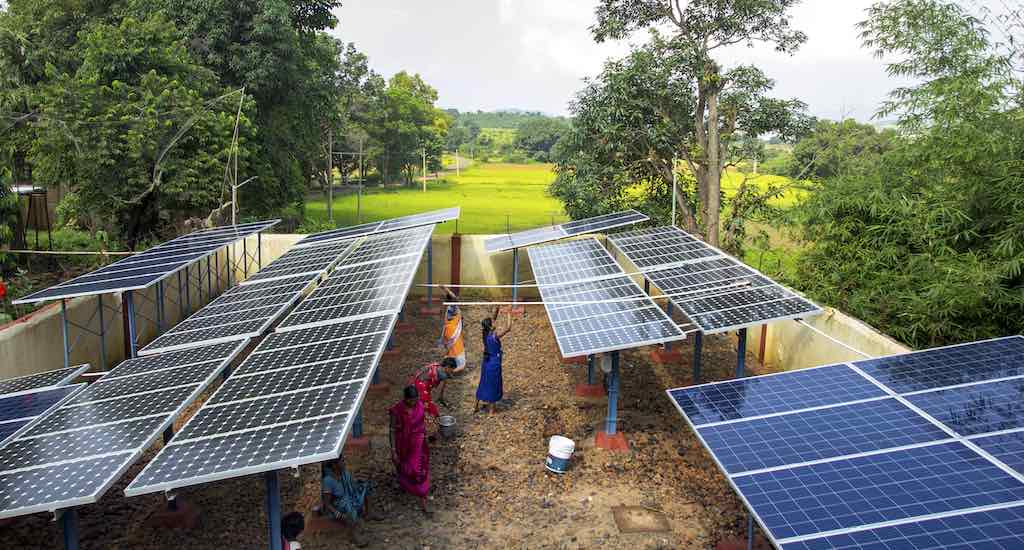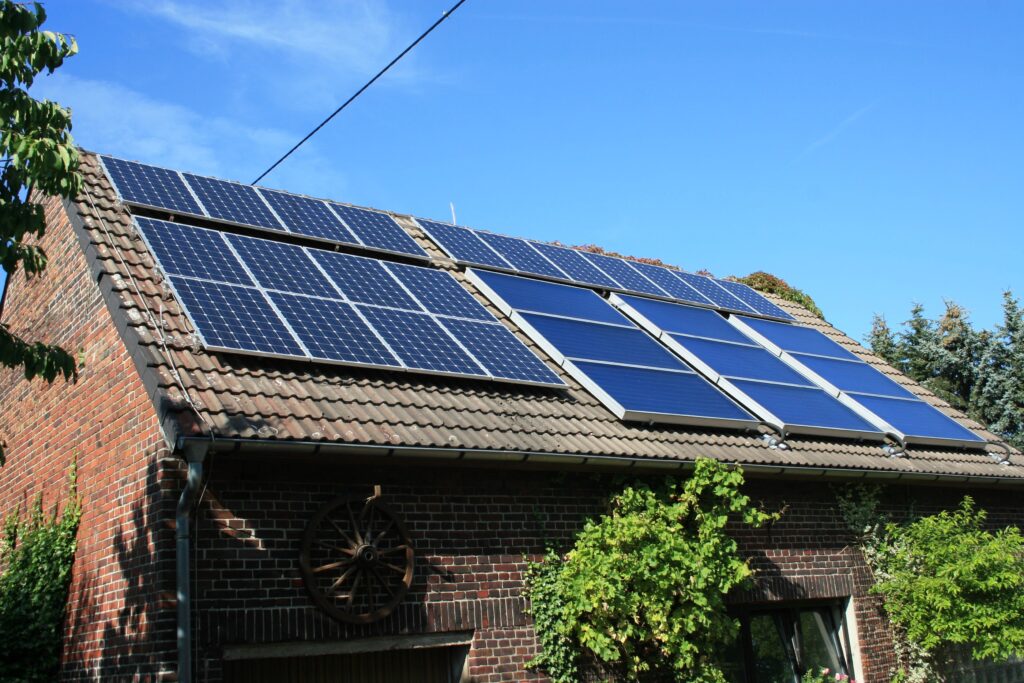Imagine a solar park that combines ground-mounted and floating solar arrays with an integrated battery storage system. It’s no longer science fiction.
One of the key components of the worldwide clean energy transition is solar electricity, which is growing quickly. With an ambitious goal of 280 GW by 2030, installed solar capacity in India alone has surpassed 70 GW. However, as solar becomes more popular, it becomes more obvious that panels by themselves are insufficient. Solar needs strong allies to realize its full potential, which includes supplying grids with electricity around-the-clock, reaching rural locations, and supporting India’s green hydrogen goals. Among the two most promising? floating solar technology and battery storage.

Together, they are turning solar energy into a scalable, dependable, and resilient alternative to an intermittent power source.
The Issue of Solar Intermittency
One major drawback of solar power, despite its increasing use, is that it only functions when the sun is shining. Grid operators face significant difficulties as a result of this intermittency, especially on overcast or early morning or nighttime days. Fossil fuels are used to fill in the gaps during low generation periods, and excess solar power during peak hours is wasted without a dependable backup.
Addressing this dilemma is no longer optional; it’s critical. And this is where innovative battery storage devices and floating solar panels step in.
Battery storage: The final component that is lacking
During the day, extra solar energy is stored by battery energy storage systems (BESS) and released as required. They allow solar to power vital loads after sunset in addition to mitigating swings.
Large-scale storage initiatives are starting to gain traction in India. By 2031–2022, the Ministry of Power has mandated 47 GW/236 GWh of battery storage. In the meantime, businesses like Ahaan Solar are incorporating solar-plus-storage systems into future solar parks to guarantee a steady supply of energy even in the face of unpredictable weather.

Among the main advantages of solar+storage are
- system stability – Batteries ease the burden on the system by absorbing energy spikes and releasing them during peak hours.
- Backup power- BESS offers reliable electricity access in isolated and off-grid locations.
- Improved economics Time-of-Day (ToD) tariffs increase project return on investment by allowing stored solar energy to be sold for more during peak hours.
- To put it briefly, solar energy is becoming a 24/7 energy source thanks to battery storage, which closes the gap between generation and consumption.
- Floating Solar- The Upcoming Deployment Frontier
Battery storage takes care of dependability, but floating solar takes care of performance and space, two important issues in places with limited land or high population density.
Installing solar panels on artificial lakes, reservoirs, or other bodies of water is known as a floating solar project. This creative method increases panel efficiency while also conserving land. Water’s inherent cooling properties can lower water evaporation from the surface by up to 70% and improve panel performance by 5% to 15%.
With an estimated 18 GW of floating solar potential throughout its reservoirs, India has great potential. Floating solar can unlock underutilized assets, as demonstrated by projects like the 100 MW floating solar plant at NTPC Ramagundam and other initiatives by SECI and state discoms.
Among the benefits of floating solar are
- Savings on land: Perfect for industrial or metropolitan regions where land is scarce.
- Enhanced efficiency: Power output is increased in cooler operating conditions.
- Synergies with hydropower: Co-locating hydro plants allows for the use of existing infrastructure and grid access.
- The Emergence of Solar-Battery-Floating Combinations and Their Hybrid Potential
- Consider a solar park that has both floating and ground-mounted solar panels along with a built-in battery storage technology. It is now a model being tested in Gujarat and Maharashtra, not science fiction.
Using a variety of technologies, developers can:
- Increase the density of energy per square meter.
- Extend the power supply outside of the day.
- Distribute generation according to weather and seasons.
These hybrid systems are also in line with India’s National Green Hydrogen Mission, which uses a lot of dependable solar energy to electrolyze affordable green hydrogen.





